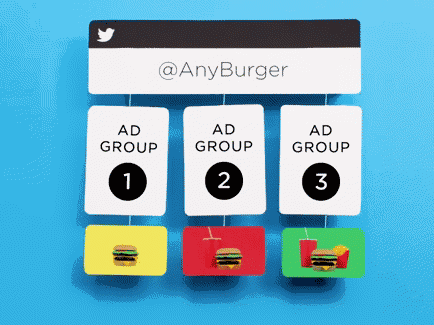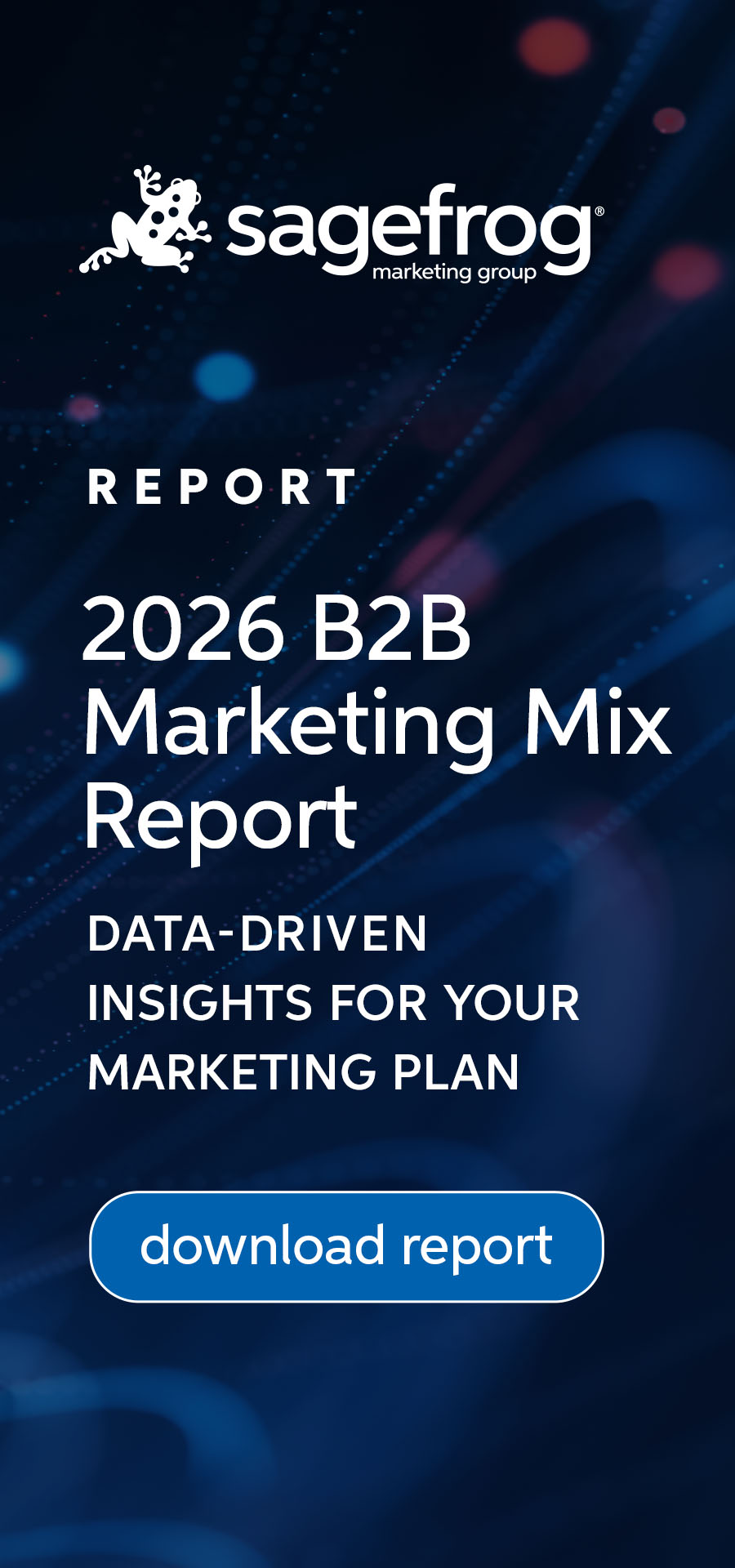This article was originally published by Teresa Litsa in Search Engine Watch.
Twitter Ads have introduced a new Ad Groups feature in an attempt to improve advertising for big brands using customisation and segmentation.
Following Facebook’s path in trying to present a competitive advertising platform, Twitter is hoping to attract advertisers aiming for large-scale campaigns.
According to Twitter:
“Ad groups introduce a new level in our campaign hierarchy: one campaign can have many ad groups, and an ad group can have many targeting criteria and creatives. This level of granular control helps advertisers improve how they measure results, set promotion schedules, test different audiences, and identify which Tweets work best.”
This way it’s hoping to encourage more brands to join Twitter’s advertising options, as a way to reach a wider audience, increase leads, website traffic, or app downloads, while building, testing, optimising, and measuring all their different campaigns.

This seems important for Twitter’s business future, as despite the slightly depressing facts we examined recently, it still tries to survive in the competitive world of social media, especially in its business aspect.
Different targeting criteria
Twitter offers many different criteria for targeting a specific audience and this may help advertisers measure (and improve) the effectiveness of their ads. The segmentation of the audience may be performed in various ways, and the most popular options of targeting are:
Geo-location targeting
Big international brands may create many different campaigns worldwide and geo-location targeting – either by country, state, or code – allows them to focus on each sub-group of people with the right message.

Gender Targeting
Not every campaign is suitable both for men and women and that’s why gender targeting ensures that advertisers receive the desired engagement from every campaign.

Device targeting
A new app wanting to reach an extended audience cannot create an ad focusing both on iOS and Android users by providing the same link, which means that device targeting can significantly increase the effectiveness of the campaign.
Language Targeting
Geo-location targeting is not the same with language targeting, but both of them can become very useful when narrowing down the audience for an international campaign. Would you like to see an ad in a language that you don’t understand?

Follower targeting
This targeting option is very useful for brands that try to focus on specific people and follow the ones that are similar to their target audience. As who we follow may indicate our preferences, this may be considered a fast way to spot the people that are more relevant for each campaign.
Click here for the full article.
Did you find these tips helpful? Here are other resources you might enjoy!
- 25 Website Must Haves for Driving Leads
- Top 10 Feature Every B2B Website Homepage Must Have [Infographic]
Are you interested in digital marketing, search engine marketing other B2B marketing services? Contact Sagefrog Marketing Group, today.


